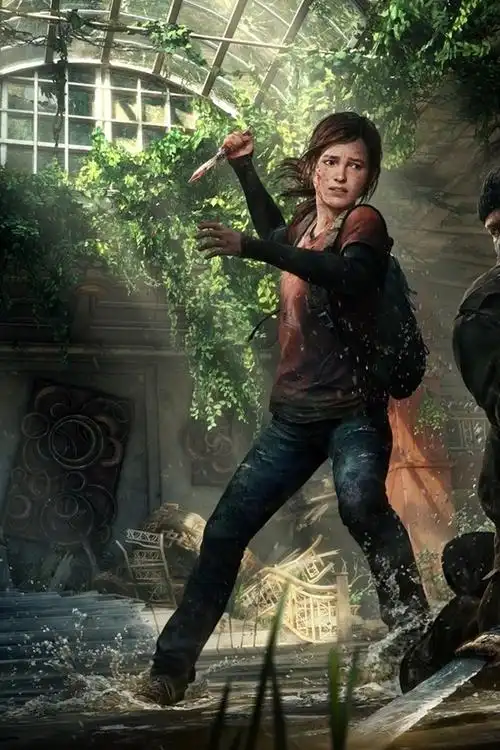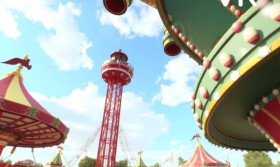Title: Astrologer Simulator VR: Star Missions Expansion - A Cosmic Journey Through Time and Space
Introduction to the Expansion
Virtual reality has continually pushed the boundaries of immersive experiences, and the Astrologer Simulator VR game has been at the forefront of blending education, mythology, and interactive storytelling. With the release of the Star Missions Expansion, players are no longer mere observers of the cosmos but active participants in a series of epic, narrative-driven quests that span across ancient civilizations, futuristic galaxies, and mystical dimensions. This expansion elevates the original game from a stargazing simulator to a full-fledged adventure, where players embody the role of a celestial navigator tasked with preserving the balance of the universe.
New Features and Gameplay Mechanics
The Star Missions Expansion introduces over 20 new story-driven missions, each designed to challenge players’ knowledge of astronomy, astrology, and mythology. Unlike the base game, which focused on identifying constellations and planetary movements, the expansion incorporates puzzle-solving, dialogue interactions with historical figures, and dynamic cosmic events. For instance, players might assist Ptolemy in mapping the heavens in ancient Alexandria, or collaborate with a AI-driven astro-robot to divert an asteroid threatening a futuristic colony on Mars.
One of the standout mechanics is the "Temporal Star Chart," a device that allows players to manipulate time and witness how celestial bodies evolve over millennia. This tool is crucial for solving puzzles, such as aligning stars to open portals to other dimensions or predicting cosmic phenomena like supernovae. The expansion also integrates multiplayer co-op modes, where teams of up to four players can collaborate on missions, combining their astrological expertise to decode ancient star maps or stabilize binary star systems.
Immersive Narrative and Character Development
The expansion’s narrative is woven into a rich tapestry of myths and scientific discoveries. Players encounter characters like the Greek Titan Atlas, who tasks them with holding up a virtual sky to prevent cosmic collapse, or Dr. Evelyn Reed, a fictional 23rd-century astrophysicist who guides players through quantum black hole theories. Each mission is voice-acted and features branching dialogue options, allowing players to shape their legacy as either a myth-inspired astrologer or a logic-driven astronomer.
The story is divided into three arcs: The Ancient Guardians, The Quantum Frontier, and The Mythos Reborn. In The Ancient Guardians, players explore Babylonian, Egyptian, and Mayan cultures, learning how these civilizations interpreted the stars. The Quantum Frontier ventures into hard sci-fi, with missions involving relativistic physics and exoplanet exploration. Finally, The Mythos Reborn merges fantasy and science, as players confront entities like Nebula Dragons and Dark Matter Phantoms, which threaten to unravel the fabric of spacetime.

Technical Innovations and VR Enhancements
Star Missions Expansion leverages cutting-edge VR technology to create a more sensory-rich experience. Haptic feedback suits are supported, allowing players to "feel" cosmic vibrations during events like solar flares or meteor showers. The game’s engine now includes real-time ray tracing, making nebulae and star clusters appear photorealistic. Additionally, the expansion supports eye-tracking for foveated rendering, which enhances performance on VR headsets like the Meta Quest 3 and PlayStation VR2.
Accessibility features have also been expanded, with options for color-blind modes, simplified controls for motion-sensitive players, and an "Educational Overlay" that provides factual tidbits about astronomy without breaking immersion. These innovations ensure that the game remains inclusive while deepening its educational value.
Educational and Cultural Impact
Beyond entertainment, Star Missions Expansion serves as an innovative educational tool. It aligns with STEM curricula, teaching players about orbital mechanics, stellar life cycles, and historical astronomical methods. The game partners with institutions like the Hubble Space Telescope team to include real data from deep-space observations, making missions like "Mapping the Pillars of Creation" both authentic and awe-inspiring.
Culturally, the game celebrates diversity by incorporating constellations from Indigenous, African, and Asian traditions. For example, one mission involves restoring the Aboriginal Emu in the Sky constellation, while another explores the Hindu myth of Rahu and Ketu eclipsing the sun. This inclusivity broadens players’ perspectives on how humanity has always looked to the stars for meaning.
Conclusion: The Future of Cosmic Exploration in VR
The Star Missions Expansion for Astrologer Simulator VR is more than just DLC; it’s a transformative step for VR gaming, blending art, science, and storytelling into a cohesive universe. It challenges players to think critically, work collaboratively, and appreciate the wonders of the cosmos. As VR technology evolves, this expansion sets a precedent for how virtual worlds can educate, inspire, and ignite a passion for exploration—both on Earth and beyond.
Tags:
















